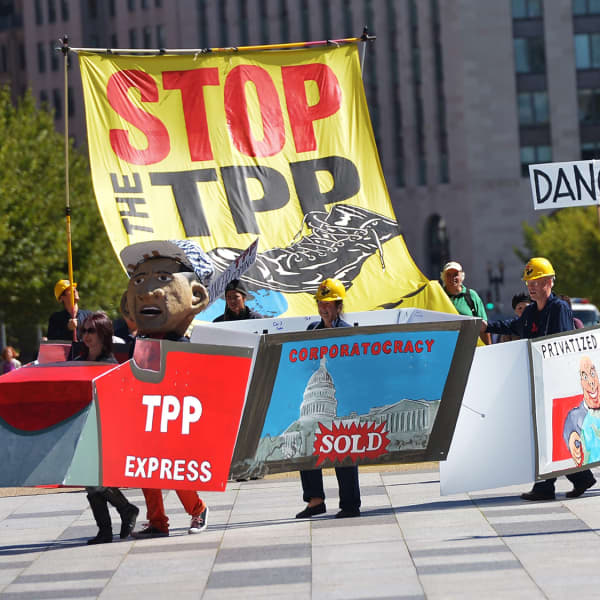How to become a social juggernaut
It's not exactly a revelation that Facebook can be a powerful marketing tool for business. Sixty-two percent of the 1,000 U.S. residents recently polled by G/O Digital say they visit Facebook to learn more about small businesses. Beyond that, 30 percent of those people claimed they visit a company's Facebook page several times before physically venturing to the business.
Finding a way to best capitalize on Facebook isn't always easy—or cheap: The average price per Facebook ad increased 123 percent in the second quarter.
This may help explain why 83 percent of business owners said they planned to spend nothing this year on Facebook ads and/or to increase their number of Facebook "likes," according to an April 2014 survey of near-800 small-business CEOs conducted by Vistage International and The Wall Street Journal. Most who did plan to spend on Facebook ads (14 percent) have earmarked less than $5,000.
Still, it's more important now than ever before to stand out. And to do that, business owners must realize that marketing on Facebook doesn't follow the same rules as more traditional promotional campaigns. We've collected 10 key factors for successful Facebook promotion.
—By Chris Morris, special to CNBC.com
Posted 12 September 2014
Build followers organically—start with friends
Simply creating a Facebook page for your business won't do much. You've got to make people aware of it. The best way to do that is to start with your own network of friends. Their "likes" of your page will be seen by their friends, who could in turn visit the page to learn more.
Keep it fresh
You'll have to update your page regularly to keep people's attention, but not so often that they see your posts more frequently than those of their friends. A Buddy Media study found that retailers should never publish more than two updates per day or four times per week. More importantly, the content you publish needs to resonate with your customers and be written in a conversational tone rather than an obvious marketing pitch.
Keep it short, too. Track Social found that brief updates tend to get more attention from users. And use more than words: Photo posts get significantly more interaction than text posts, according to HubSpot, receiving 53 percent more likes and 104 percent more comments.
Hold contests
Contests are an easy way to attract people to your company's page, and the easiest to manage are timeline promotions and sweepstakes. Know what your goals are (i.e. promoting a new product or building the audience for your Facebook page), and be sure to review Facebook's policies on giveaways. Simple contests garner more entries, and you'll want to keep it highly visible on your page so new visitors can find it.
Once the contest is over, don't forget to follow up with the non-winners and/or mine the data you've collected.
Make the basics visible
While contests are a great way to increase traffic, targeted content is important, too. Don't lose sight of the fact that many people use your Facebook page as a discovery engine. When those potential customers are ready to pay a physical visit to your store, they need to quickly know where it is and when you're open. (A link to your store's Web site doesn't hurt, either.)
Make sure that information is prominently displayed, and be sure to announce special events in status updates.
Pave a two-way street
Unlike traditional marketing, Facebook offers an opportunity to directly interact with customers. Ask questions to spark a dialogue. Realize that as your page becomes more popular, you'll need to have someone monitoring it regularly—and not just during traditional working hours—to respond to questions and participate in conversations.
Whether it's you or an employee who's ensuring the page stays active, be careful to avoid making any tone-deaf comments. If there's an angry patron posting on your page, remember that how you deal with the problem is being watched by many more potential customers.
Offer exclusive deals
Posting exclusive coupons to your Facebook page will not only boost your followers but also engage them in a way traditional marketing doesn't. Buddy Media found that the most effective key words to engage customers are "$ off" and "coupon." ("$ off" results in a 55 percent boost in user engagement, while "coupon" boosts the numbers by 39 percent. Other terms, like "sale," "deal" and "% off" are not effective.)
Make it easy for fans, too. Don't force them to do math with percentage discounts. A flat $5 or $10 coupon is what Facebook users prefer.
Post when people are listening
Too often, companies post and update their Facebook page between 8 a.m. and 7 p.m., when people are busiest with work and home life. That's understandable, since that's when businesses are open. But if you really want to increase your "likes" and comments, Buddy Media found that posts made between 8 p.m. and 7 a.m. have 20 percent more user engagement.
The day of the week can also have an impact, with Wednesday being the best day for retail brands, with an 8 percent engagement bump. Fridays tend to be the worst.
Make things shareable
Success on Facebook isn't confined to Facebook pages. Odds are, you have a Web page for your business and perhaps a company blog. Whatever your other marketing tools may be, make them "shareable." That way, potential customers who might never click through to your dedicated Facebook page can still learn about your company and offers, which could convert them.
Give customers a voice
Beyond their financial value, customers who are active on a company's Facebook page can provide other benefits. Primarily, since these people have shown an especially keen interest in your business, they can be used to aid in research and development—essentially acting as a focus group.
In addition, users who leave a positive review of the company on the Facebook page can influence other potential customers. Eighty percent of the people in the G/O survey said they'd be more likely to purchase from a company with positive user feedback on its Facebook page. Forty-one percent said the most important factor in their decision to do business with a company is seeing customer reviews/ratings on its Facebook page.
One last thing: Do consider buying ads
While creating a Facebook page is free, sometimes it's worth spending a little bit of money. Facebook ads can promote your company to a very targeted audience. You enter the demographics you covet yourself and can set your own budget.
Like any advertising campaign, there's a risk that the audience won't respond to your ad, but even with Facebook ad rates going up a lot over the past year, it's important to note that Facebook's ad program is set up to let you spend as little or as much as you want, so small- and medium-business owners test the waters before committing significant funds, setting up campaigns for as little as $5 per day for as long or short as they want.
On its own Facebook for Business site, the social media company mentions many of the "baby steps" discussed here.




